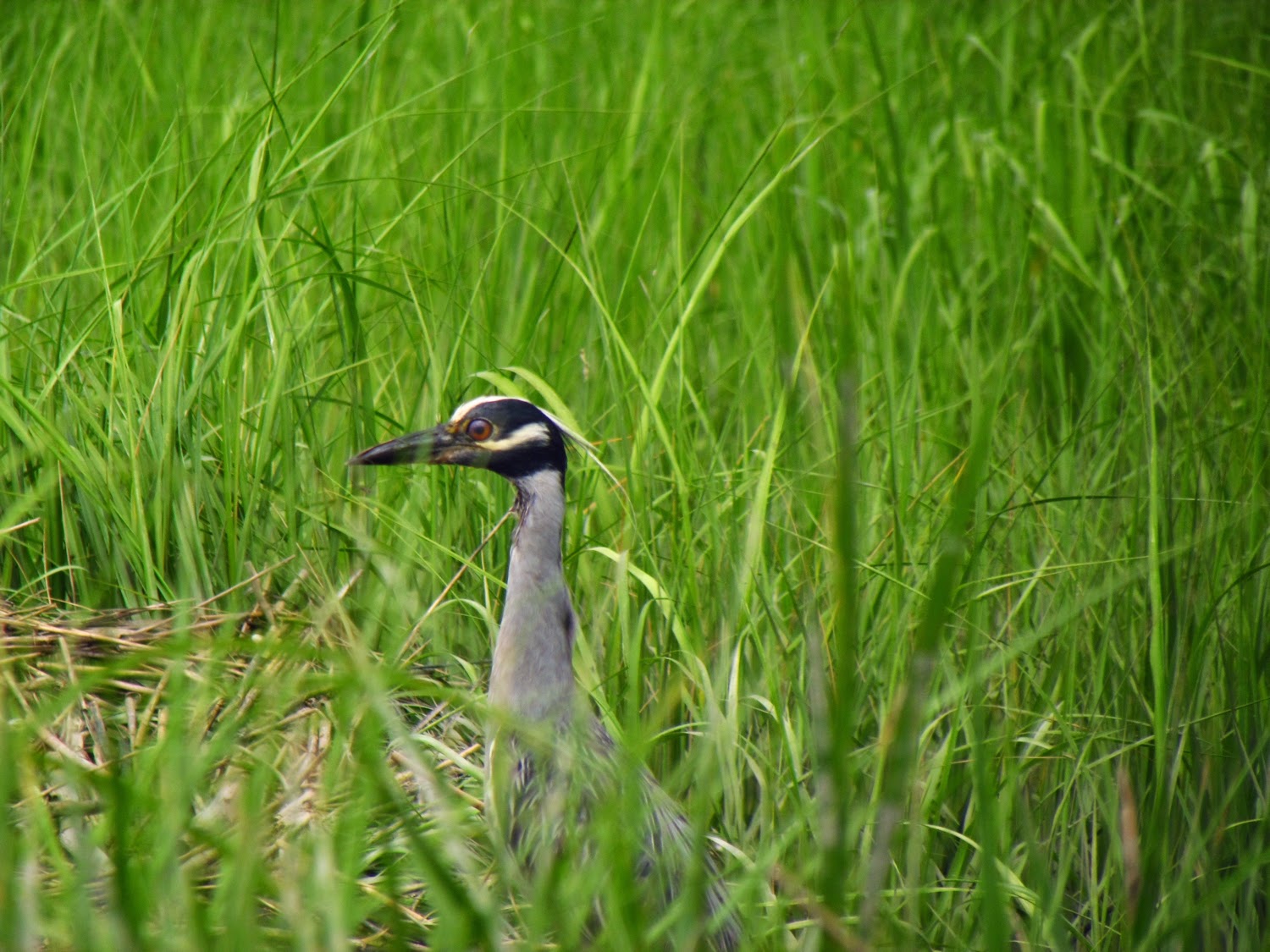It could just be natural, a result of high water or inattentiveness, or it could be a case of common sense... although no man made signs are apparent. That's the problem with common sense...it's common, it's average, and average doesn't get one much, it won't even get you a job.
I needed some wild. If I can't be in wilderness, the next best thing is to be where another species rules. So, I set out on a river that I know to have a beaver dam. I go to where a tooth driven operation does what man would need an earthmover and three dumptrucks to accomplish.
 |
| the dam |
The beaver dam has a breach in it. I did not expect this, but that is what happens when one seeks out something wild...things happen. When I set out in the mill pond and turned north at the second point, and ascended the river, I expected to nose the canoe into the corner by the tree that forms one end of the dam and slide the canoe over. But, that is all changed. The water rushes through the breach and bars my passage to that corner by the tree. Instead, I sidle up next to the dam and climb out on a firm spot and drag the canoe over somewhere out in the middle.
Common sense says, most of the time, that beaver wreck stuff...killing trees, blocking rivers, flooding low lands. The science says other. Beaver create habitat for other animals, the dams filter water and create pools for fish, the downed trees in the river are cover for fry, the flooded low lands become home to a hundred new species and eventually become a meadow. It's not rocket science, you just have to be a tiny bit above average to understand that. You just have to be a tiny bit above average to care.
The water above the dam is a foot lower than normal. This means that all of the downed logs that I floated over on previous trips are blocking. Progress is slow as I climb out and slide the canoe over each log. I know that somewhere up above the third beaver lodge the going will just get worse.
Anyway, "I don't know"....It's a breach and the nearby lodge looks a little shaggy, so maybe the colony has moved on and left the dam to its own devices. I turned back just a bit beyond the third lodge.












































